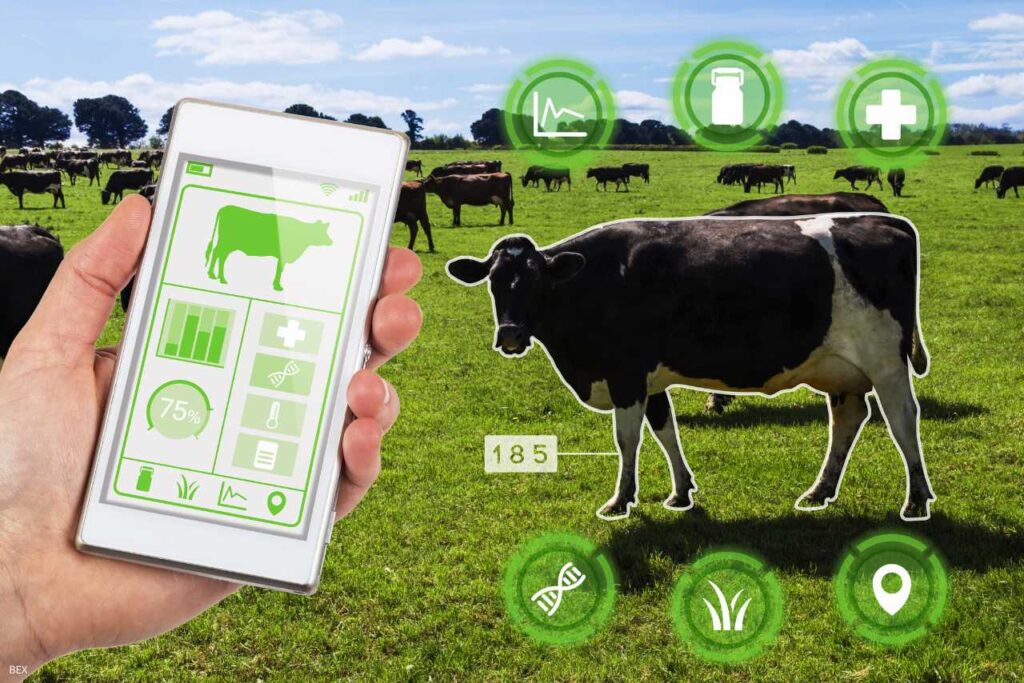In the vast and varied landscapes of Latin America, a quiet revolution is taking root, one that promises to reshape the future of its rural heartlands. Artificial Intelligence (AI), a technology often associated with urban hubs and global corporations, is increasingly finding fertile ground in the countryside, offering innovative solutions to age-old challenges. As the famed author and futurist Arthur C. Clarke once said, «Any sufficiently advanced technology is equivalent to magic.» For many in rural Latin America, AI is beginning to look a lot like magic.
The region’s agricultural sector, the backbone of many rural economies, is at the forefront of this transformation. AI-powered precision agriculture is enabling farmers to move beyond traditional methods and embrace data-driven decision-making. Startups and agritech companies are leveraging AI to analyze satellite imagery, monitor soil health, and predict crop diseases, allowing for more efficient use of resources like water and fertilizers. This not only boosts crop yields and profitability but also promotes sustainable farming practices, a crucial step in mitigating the impacts of climate change. In countries from Brazil to Mexico, AI is helping to create more resilient food systems.
Beyond the fields, AI is also making significant inroads into rural healthcare, a sector long plagued by underfunding and a scarcity of professionals. Telemedicine platforms powered by AI are bridging the geographical divide, connecting patients in remote villages with specialists in urban centers. AI algorithms can assist in the diagnosis of diseases by analyzing medical images like X-rays and CT scans, which is particularly beneficial in areas with limited access to radiologists. This technology can also help identify health risk patterns and predict disease outbreaks, allowing for more effective preventive care. As one Brazilian entrepreneur noted, this technology allows a patient in the rural rainforest to get a diagnosis from a specialist a thousand miles away.
The transformative potential of AI extends to education as well. While the digital divide remains a significant hurdle, with many rural schools lacking basic internet access and computers, AI offers a glimpse into a more equitable future. AI-powered tools have the potential to personalize learning, adapting to the individual needs and pace of each student. For teachers in under-resourced classrooms, AI can be a valuable assistant, helping to generate exercises, provide feedback, and identify learning gaps, freeing up educators to focus on the human element of teaching. As Bill Gates has said, «Technology is just a tool. In terms of getting the kids working together and motivating them, the teacher is the most important.»
However, the path to realizing the full potential of AI in rural Latin America is not without its obstacles. The significant digital divide is a primary concern, as reliable internet connectivity and access to devices are prerequisites for most AI applications. There is also a pressing need for investment in digital literacy and training to equip rural populations with the skills to effectively utilize these new technologies. Furthermore, ensuring that the implementation of AI is equitable and does not exacerbate existing inequalities is a critical challenge that requires thoughtful public policy and inclusive design.
Despite these challenges, the momentum is undeniable. A growing ecosystem of startups, supported by both private and public investment, is driving AI innovation across the region. As Steve Jobs famously said, «Innovation distinguishes between a leader and a follower.» By embracing the transformative power of AI, Latin America has the opportunity to lead the way in creating a more prosperous, equitable, and sustainable future for its rural communities. The journey has just begun, but for the millions living and working in the countryside, the promise of an AI-driven transformation offers a powerful beacon of hope.





